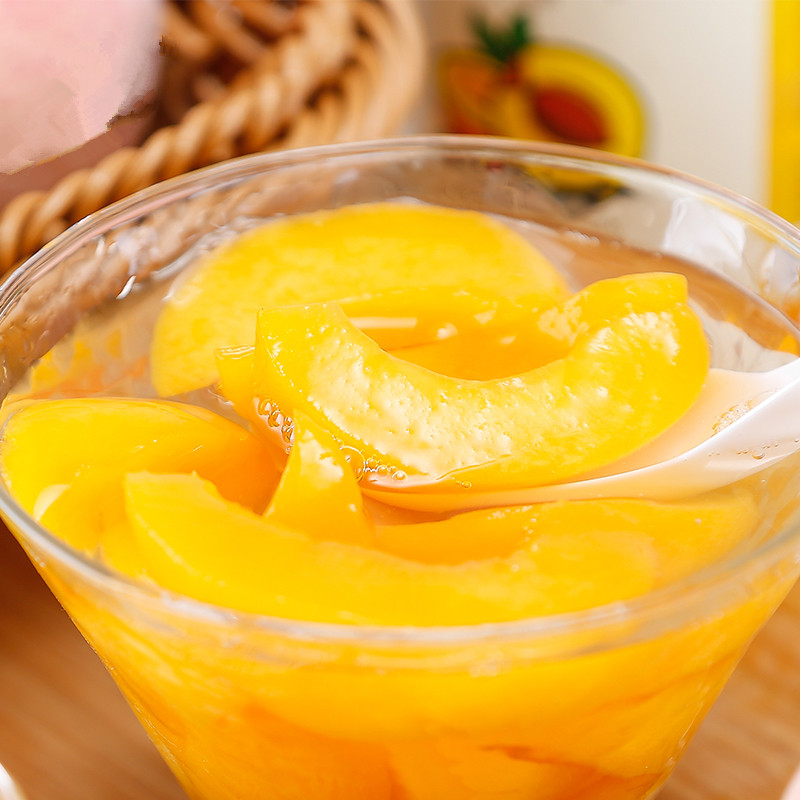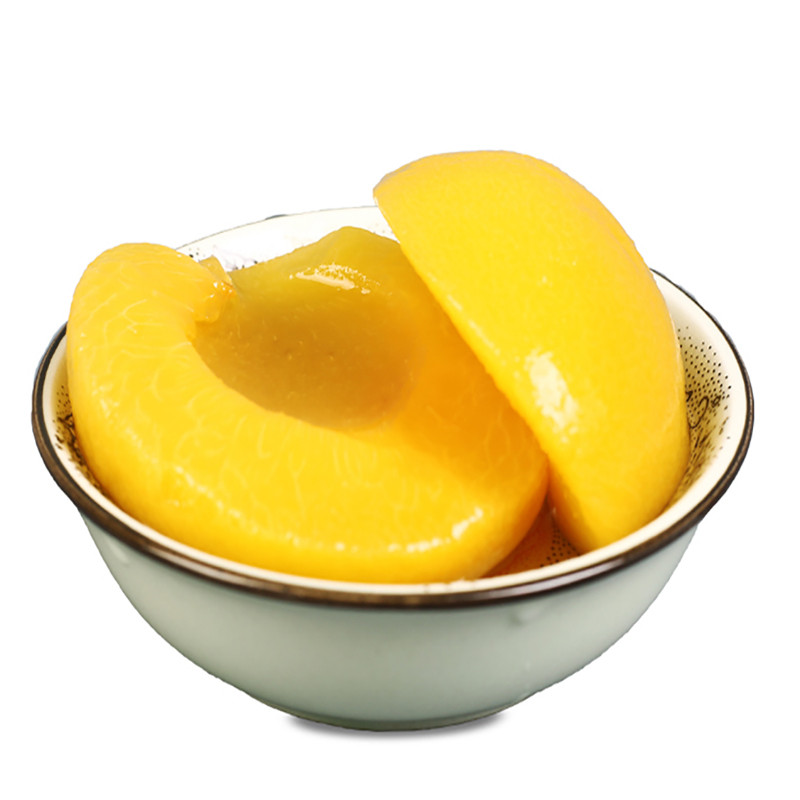Category: Plant Protection Technology/Plant Quarantine Application: Not limited Major pests 1. The aphids mainly include Maier-II, alfalfa, and hand-twisting tubers. They begin to occur in June each year. The wheat straws often accumulate in the leaves, stems, and panicles, attracting juice, affecting the development of the crops, and spreading. A variety of viruses, cockroaches become often pests. 2. Underground pests The main pests in the seedling stage are the three types of golden-earworm, cockroach and cockroach. The golden threadworm can bite the freshly picked seeds, eaten the endosperm to make them lack budding, and damages the underground part of the main root or stem during the seedling stage, so that the seedlings die; the adult, nymphs eat seeds, young roots, and tender stems in the upper part. The lack of seedlings can cause seedlings to pass through the topsoil and cause the roots of the seedlings to separate from the soil, causing the seedlings to lose water and dry and die. The cockroach also stays infested with the germinating seeds, breaking the roots of the seedlings and causing the seedlings to die. 3. Mythimna separata is currently the most serious species of wheat. It is a second-generation armyworm. When it occurs in large numbers, it not only eats wheat leaves, but also can bite off heads. Major diseases 1. Rust is classified into leaf rust, stripe rust, and culm rust. Leaf rust usually occurs only on the leaf surface; stripe rust mainly affects the leaves, leaf sheaths, and stems also occur by chance. The main symptom of culm rust is the uplift of powder sores; when rust occurs seriously, it will cause a significant reduction in production. In the early stage of powdery mildew, white moldy spots appeared on the leaves, and gradually expanded into round or oval lesions. The upper layer of white powdery mildew grows on the upper layer, and later on in the mold layer, scattered small black particles. Finally, the diseased leaves gradually turn yellow-brown. Withered. 3. Fully-etched infection sites are limited to one or two sections of wheat root and stem base. The leaves at the base of the diseased plants from the green stage to the jointing stage yellowed, and the underground stems, seeds, and roots were yellow-brown to dark brown. The bases and roots of the stems turned dark brown when dry, and white spikes appeared. 4. Root rot infects all parts of wheat, causing rotting buds, leaves dry, ear dry and black embryo powder. Brown buds occur on buds and sheaths of young buds, and brown spots occur at the base or roots of stems after emergence; Yellowing, retarded growth, irregular shape of elliptical lesions in the leaves, and initiation of the panicle from the grout, producing brown irregular lesions on the glume. 5. The yellow dwarf virus is mainly transmitted by wheat aphids. Symptoms begin to appear at the jointing stage, from booting to heading, and the plants dwarf and the leaves yellow.
Healthy Peach Without Sugar is healthy formulation created for those who are not suitable for added sugars.
In order to control product quality and safety from raw material origins, Fomdas plant fresh Yellow Cling Peach. About 1/3 of raw materials are picked from Fomdas own orchards, and another 2/3 are purchased from approved suppliers. We have complete and strict supplier assessment system.
All Ams Peach are natural and sun-ripened, they are processed at the peak of freshness. We test the pesticides and heavy metal residual before putting into production of Canned Peaches With No Sugar.
Fomdas Canned Peaches No Sugar Added is gluten free, Non-GMO and Kosher. It is easy portable and shelf-stable, with it, you can enjoy fresh taste of yellow peaches anywhere and anytime.
Canned Yellow Clingstone Peaches NSA, Canned Peaches No Sugar Added, Canned Peaches with No Sugar, Peaches in Splenda, Peaches in Sucralose, Healthy Peach without Sugar ZHEJIANG FOMDAS FOODS CO., LTD. , https://www.fomdasfoods.com

